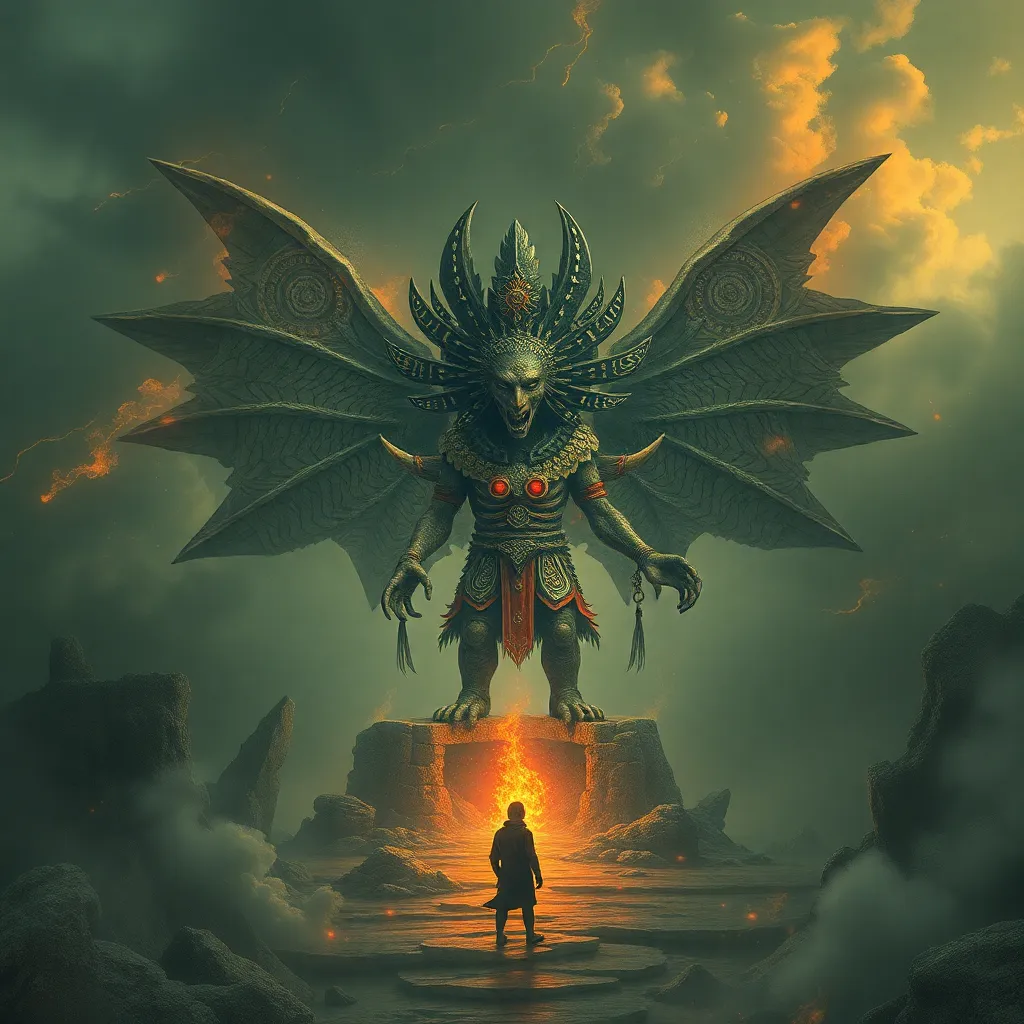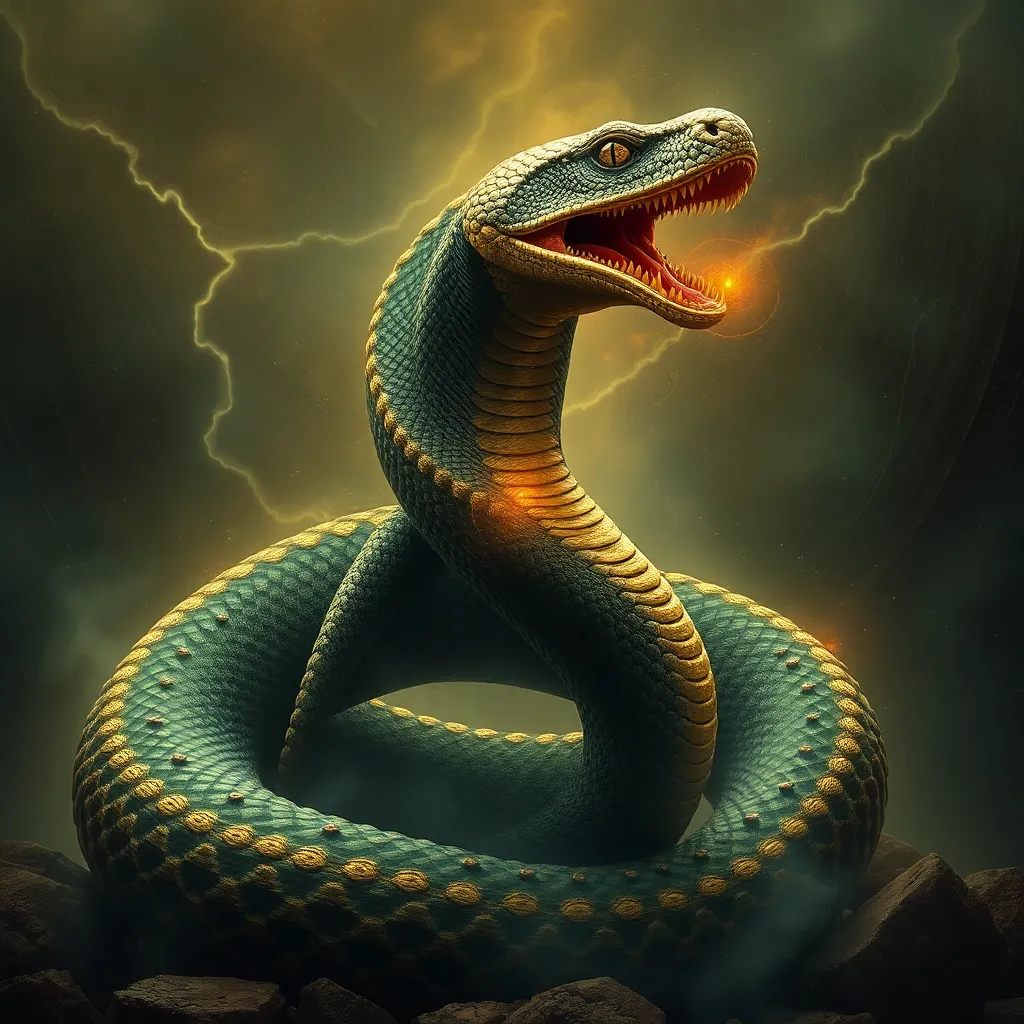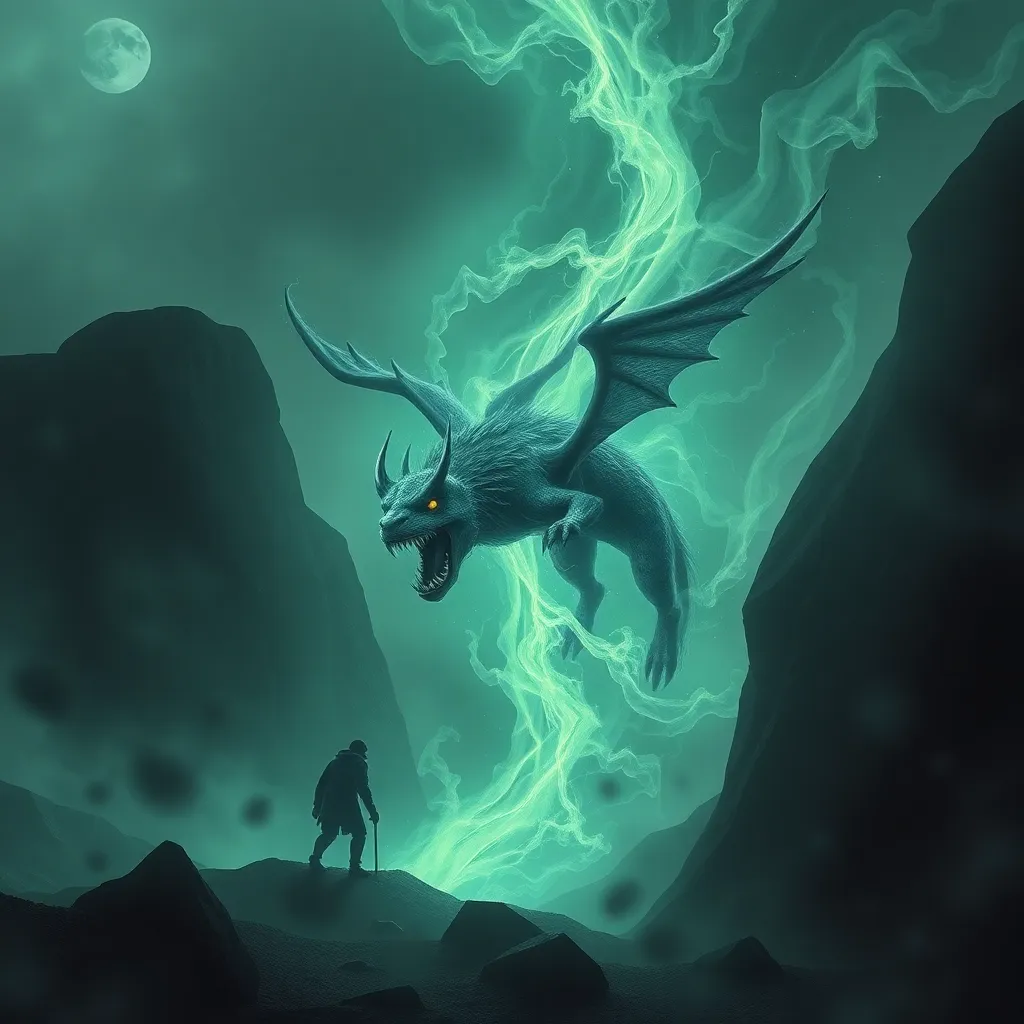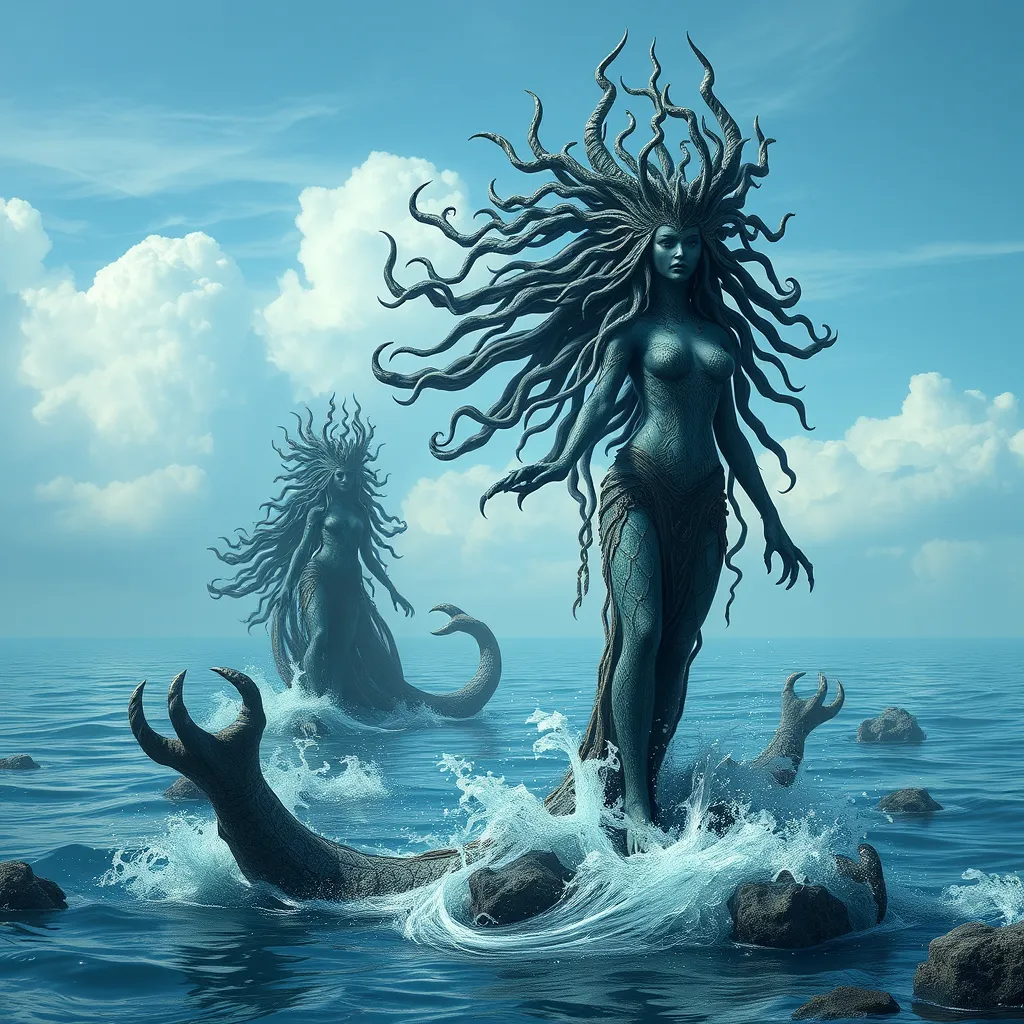The Ahuizotl: A Timeless Story of Fear, Wonder, and the Unknown
I. Introduction
The Ahuizotl, a creature steeped in the folklore of Mesoamerica, embodies a complex tapestry of fear, wonder, and the unknown. This mythical being is not merely a figment of imagination; it represents the fears of ancient civilizations and their attempts to explain the mysteries of the world around them. In this article, we will explore the significance of the Ahuizotl in Mesoamerican mythology, delving into its origins, symbolism, cultural representations, and lasting impact on contemporary narratives.
II. The Origins of the Ahuizotl
The Ahuizotl’s origins can be traced back to the rich tapestry of Mesoamerican beliefs, particularly among the Aztecs and the Maya. These cultures were deeply connected to nature, often attributing supernatural qualities to the elements and creatures around them.
A. Historical context of Mesoamerican beliefs
Mesoamerican societies held a profound reverence for water, viewing it as both a life-giving force and a source of danger. Rivers and lakes were considered sacred, often associated with deities and spirits. The Ahuizotl emerged from this context as a creature that personified both the protective and destructive aspects of water.
B. Description of the creature: physical attributes and characteristics
The Ahuizotl is typically described as a dog-like creature with an elongated body, sharp claws, and a hand at the end of its tail. This fearsome appearance, combined with its water-dwelling habits, made it a formidable figure in the folklore of the region.
C. The evolution of the Ahuizotl in folklore
As the story of the Ahuizotl spread, it evolved through various interpretations. While it was initially viewed as a fearsome predator, later tales began to imbue it with more complex characteristics, sometimes portraying it as a guardian of aquatic realms.
III. Symbolism and Interpretation
The Ahuizotl serves as a powerful symbol in Mesoamerican mythology, representing deeper themes of fear and the unknown.
A. The Ahuizotl as a representation of fear
The creature’s association with water highlights humanity’s inherent fear of the unknown. Water can be both nurturing and treacherous, much like the Ahuizotl itself, which lured unsuspecting victims to their doom.
B. Connection to water and the unknown
Water has always been a source of mystery and fear in human cultures. The Ahuizotl embodies this duality, reminding us of the dangers that lurk beneath the surface of calm waters.
C. Exploration of its role as a cautionary tale
Many stories involving the Ahuizotl served as cautionary tales, warning communities to be wary of the waters. Parents would tell their children to stay away from rivers and lakes, lest they encounter the fearsome beast.
IV. The Ahuizotl in Mesoamerican Culture
The Ahuizotl holds a significant place in the mythology of the Aztecs and Maya, influencing various aspects of their cultures.
A. Importance in Aztec and Maya mythology
In Aztec mythology, the Ahuizotl was often associated with the god of water, Tlaloc. Its presence in mythology underscored the importance of water deities in agricultural societies reliant on rainfall.
B. Artistic representations and cultural artifacts
Artistic depictions of the Ahuizotl can be found in codices and pottery, showcasing its role in rituals and storytelling. These artifacts serve as valuable insights into Mesoamerican beliefs.
C. Influence on contemporary Mesoamerican narratives
The Ahuizotl continues to inspire modern interpretations of Mesoamerican folklore, influencing literature, art, and cultural expressions in the region.
V. Modern Adaptations and Reinterpretations
As society evolved, so did the portrayal of the Ahuizotl, leading to numerous adaptations in literature and popular culture.
A. The Ahuizotl in literature and popular culture
- Books: The creature has appeared in various novels, often representing the clash between civilization and nature.
- Comics: Graphic novels have reimagined the Ahuizotl in fantastical narratives, expanding its mythos.
B. Changes in perception and portrayal over time
Where once the Ahuizotl was solely a figure of terror, contemporary portrayals sometimes emphasize its role as a misunderstood guardian of nature, reflecting changing societal attitudes toward wildlife and conservation.
C. The creature in modern media: film, television, and video games
Films and television shows have incorporated the Ahuizotl into their narratives, often using it as a metaphor for humanity’s struggle with the natural world. Video games also feature the creature, allowing players to interact with this mythological being in immersive environments.
VI. Psychological and Sociocultural Impacts
The Ahuizotl’s influence extends beyond folklore, impacting the psychological and sociocultural landscape of communities.
A. The role of the Ahuizotl in fostering community fears
The stories surrounding the Ahuizotl have historically fostered fears within communities, serving as a tool for social cohesion through shared cautionary tales.
B. Analysis of its impact on collective consciousness
As a myth, the Ahuizotl represents the collective anxieties of civilizations, reflecting societal concerns about nature, water, and the unknown.
C. Discussions on mythology as a reflection of societal anxieties
Myths like that of the Ahuizotl provide a lens through which to examine the fears and values of a culture, revealing the underlying truths about human existence.
VII. The Ahuizotl in the Context of Global Mythologies
When viewed in a broader context, the Ahuizotl shares similarities with mythical creatures across the world.
A. Comparison with other mythical creatures worldwide
Globally, many cultures have water-based monsters, such as the Loch Ness Monster in Scotland or the Nuckelavee in Scottish folklore. Each of these creatures embodies local fears and the mysteries of water.
B. Common themes of fear and the unknown in folklore
Fear of the unknown is a universal theme in folklore, often manifesting in the form of creatures that dwell in the depths of oceans, rivers, or forests.
C. The universality of the human experience with monsters
Monsters often symbolize the fears and anxieties of a society. The Ahuizotl, like other mythical beings, serves as a reflection of humanity’s struggle to comprehend the world.
VIII. Conclusion
In conclusion, the Ahuizotl stands as a testament to the enduring significance of myth and storytelling in human culture. Its rich history and symbolism continue to resonate, inviting us to explore our own fears and wonders through the lens of folklore. As we reflect on the Ahuizotl, we are reminded of the powerful narratives that shape our understanding of the world, urging us to confront the unknown with both caution and curiosity.



